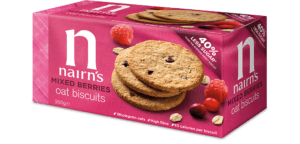Home » A Step-by-Step ISTA Certification Guide
A Step-by-Step ISTA Certification Guide
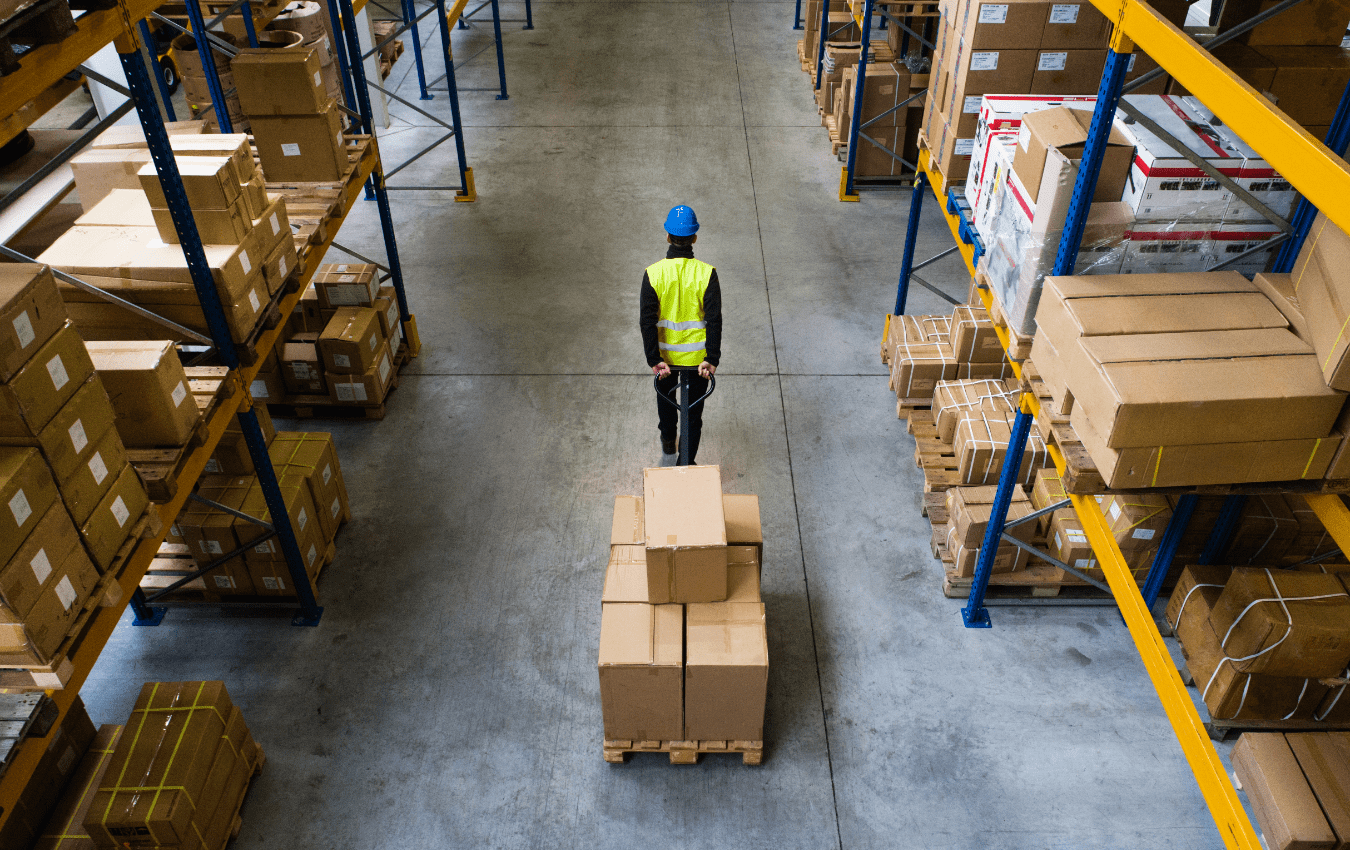
Packaging plays a crucial role in ensuring that products reach their intended destination safely and securely. Without proper packaging, products are likely to suffer damage during transit, resulting in losses for manufacturers and retailers alike. To avoid such losses, it is necessary to have packaging that meets certain quality standards. One such standard is ISTA certification. ISTA certification is recognized worldwide as the leading authority on packaging performance testing and certification. In this blog post, we will provide a detailed guide on how someone can get their packaging ISTA certified.
What is ISTA certification?
ISTA (International Safe Transit Association) is an organization that sets standards for packaging performance. ISTA certification ensures that a package is safe and secure for transportation. ISTA certification is essential for companies that want to ensure that their products are protected during transit. ISTA certification is recognized globally, and it is considered the leading authority on packaging performance testing and certification.
The ISTA certification process:
The ISTA certification process is a rigorous one that involves several steps. Here is a step-by-step guide on how to get ISTA certified:
Step 1: Determine the ISTA certification level you need
The first step in the ISTA certification process is to determine the level of certification you need. ISTA has several levels of certification, depending on the nature of the product and the type of transportation it will undergo. You can consult with ISTA or an ISTA certified lab to determine the appropriate certification level for your product.
Below is a list of the different levels of ISTA certification:
ISTA 1 Series – Non-Simulation Integrity Performance Test Level
This level is for products that require basic protection and may not be susceptible to damage during transportation. The testing involves basic drop tests and compression tests.
ISTA 2 Series – Partial Simulation Performance Test Level
This level is for products that are moderately susceptible to damage during transportation. The testing involves more advanced simulations of the shipping environment, including drops and vibrations.
ISTA 3 Series – General Simulation Performance Test Level
This level is for products that are highly susceptible to damage during transportation. The testing involves rigorous simulations of the shipping environment, including drops, vibrations, and temperature and humidity conditions.
ISTA 4 Series – Enhanced Simulation Performance Test Level
This level is for products that are highly valuable, fragile, or have high safety requirements. The testing involves the most rigorous simulations of the shipping environment, including high-altitude simulations, compression testing, and more.
ISTA 6 Series – Member Performance Test Mode
This level is for products that are subject to specific requirements from individual ISTA members. The testing involves customized testing procedures based on member-specific requirements.
ISTA 7 Series – Development Test Mode
This level is for products that are in the development stage, and the testing is performed to help the manufacturer design the packaging for optimum performance during transportation.
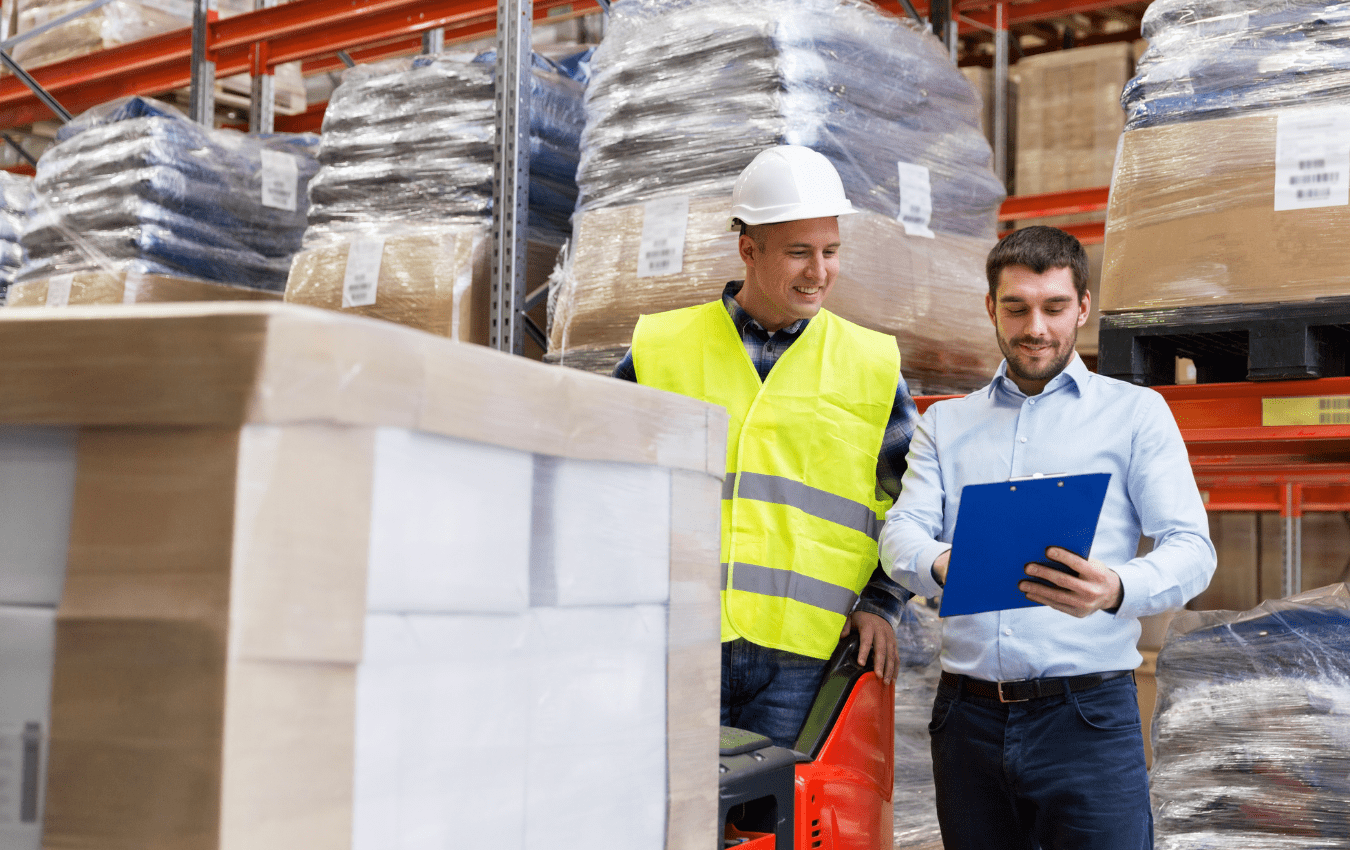
Step 2: Select an ISTA certified lab
Once you have determined the appropriate certification level, the next step is to select an ISTA certified lab. ISTA has a network of certified labs worldwide that conduct testing and certification. You can find a list of certified labs on the ISTA website. You can also consult with ISTA to help you select an appropriate lab.
Step 3: Prepare your Packaging for Testing
The next step is to prepare your packaging for testing. You will need to provide samples of your packaging to the certified lab. The lab will use these samples to perform various tests to determine whether your packaging meets the required ISTA standards. You should ensure that the samples you provide are representative of the packaging you intend to use for your products.
Step 4: Testing
Once you have provided the samples, the lab will begin testing your packaging. The testing process may take several days or even weeks, depending on the level of certification you require. The lab will use various methods to test your packaging, including drop testing, vibration testing, compression testing, and atmospheric conditioning.
Step 5: Certification
Once the testing is complete, the lab will provide a certification report indicating whether your packaging meets the required ISTA standards. If your packaging meets the standards, you will receive an ISTA certification. If your packaging does not meet the standards, you will receive a report indicating the areas that need improvement.
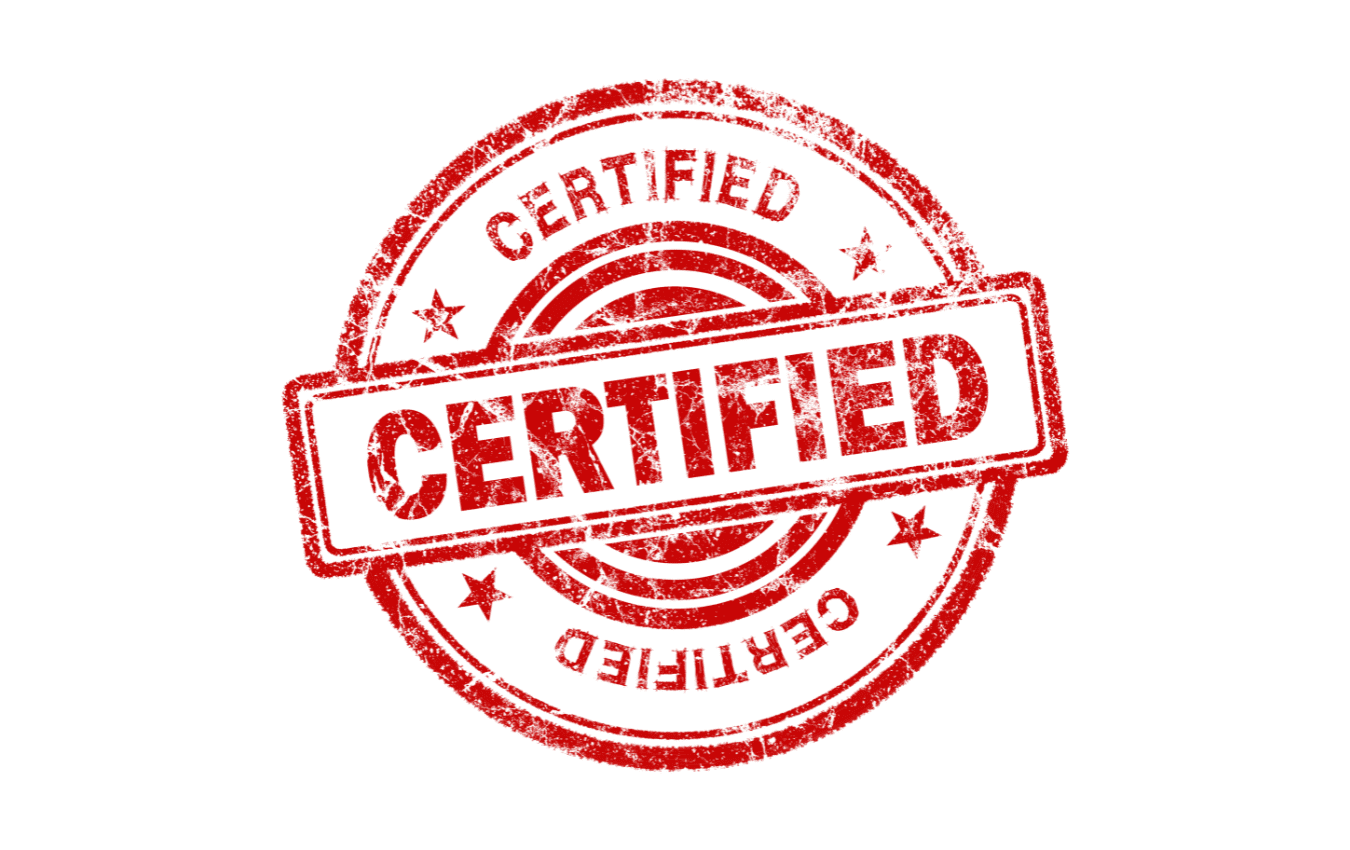
Summary: ISTA Certification Guide
ISTA certification is essential for companies that want to ensure that their products are protected during transit. ISTA certification is recognized globally, and it is considered the leading authority on packaging performance testing and certification. The ISTA certification process is rigorous, and it involves several steps. These include determining the appropriate certification level, selecting an ISTA certified lab, preparing your packaging for testing, testing, and certification. By following these steps, you can ensure that your packaging meets the required ISTA standards and that your products are protected during transit.
If you are interested in packaging and ISTA certification assistance, then partner with Brown Packaging today to get started.
Following multiple rounds of tariff changes and trade policy adjustments, 2026 marks a turning point for U.S. packaging buyers. Many who previously transitioned from China
Shifting packaging production from China to the U.S. can help stabilize costs, reduce tariff exposure, and shorten lead times. But the transition process requires careful
RSC boxes are known for their efficiency and versatility, but their performance ultimately comes down to strength. Buyers often see numbers like ECT, BCT, and
In packaging, foam isn’t just about initial protection — it’s about maintaining performance over the entire shipping or storage cycle. Compression set and recovery characteristics
Pouches are a go-to for flexibility and convenience, but they can fail in critical ways—from poor seals to punctures and delamination—that hurt performance and brand
In the retail environment, the placement of Point of Purchase (POP) displays is just as critical as their design and content. Strategic positioning can significantly
Home » A Step-by-Step ISTA Certification Guide

Launching a product in a retail chain or club store is a significant milestone for any brand. However, this process can come with challenges, particularly
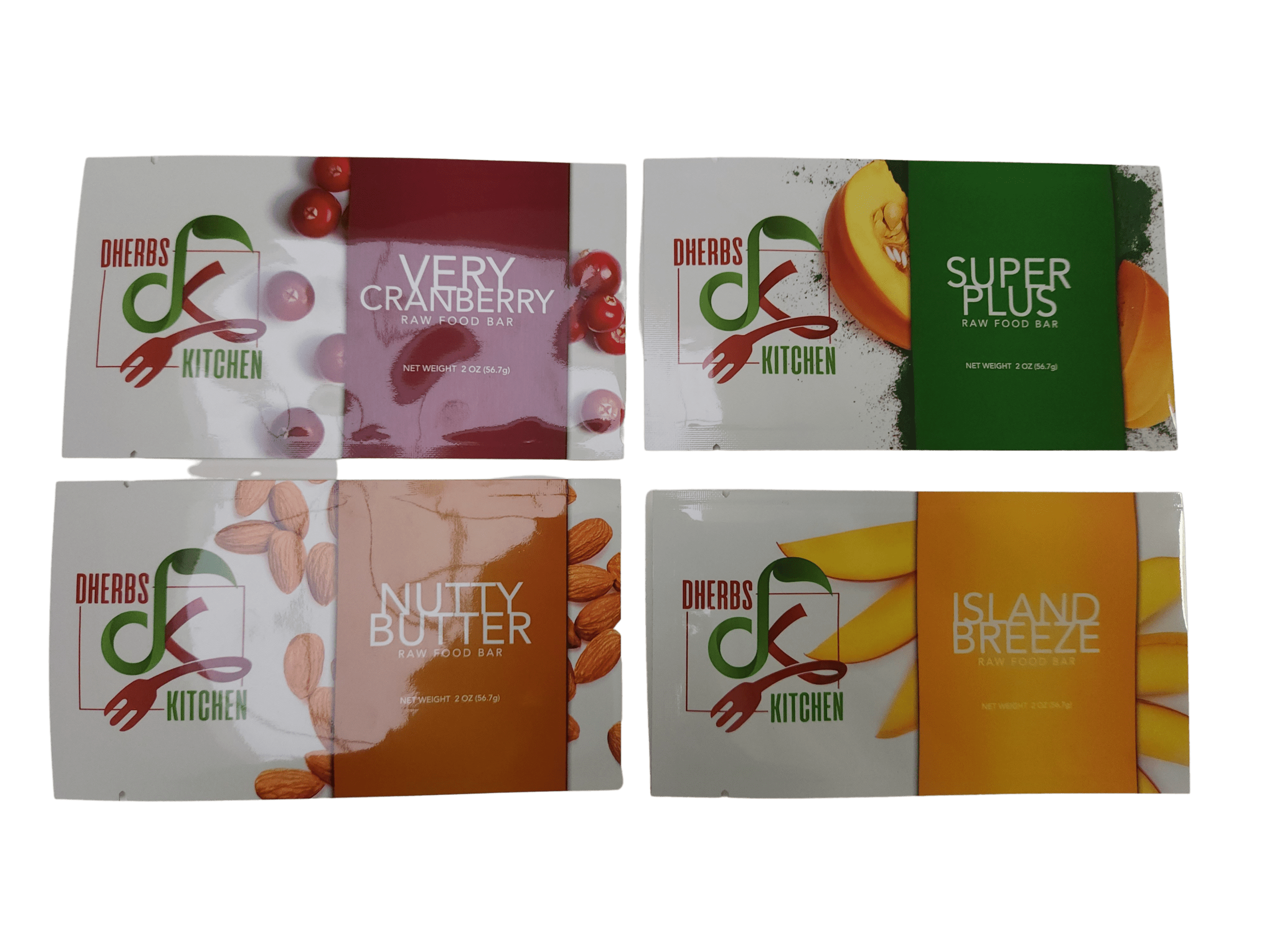
In the diverse landscape of modern packaging, digital printed pouches stand out for their versatility and effectiveness. Offering a blend of functionality and aesthetic appeal,

In the bustling world of retail, where competition is fierce and every inch of shelf space matters, staying ahead requires innovation. You’ve cultivated an exceptional


